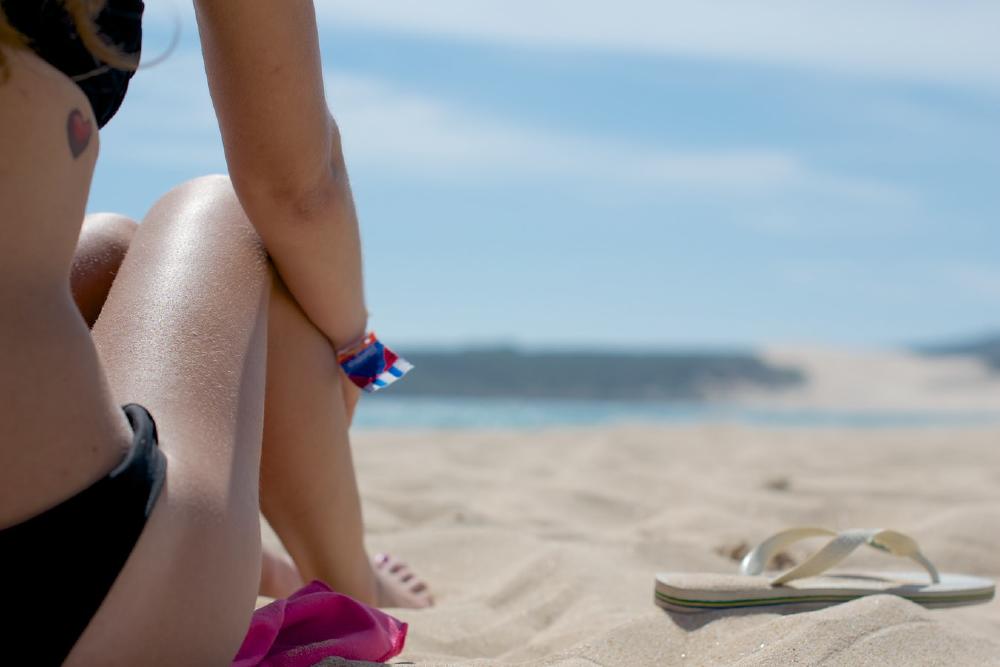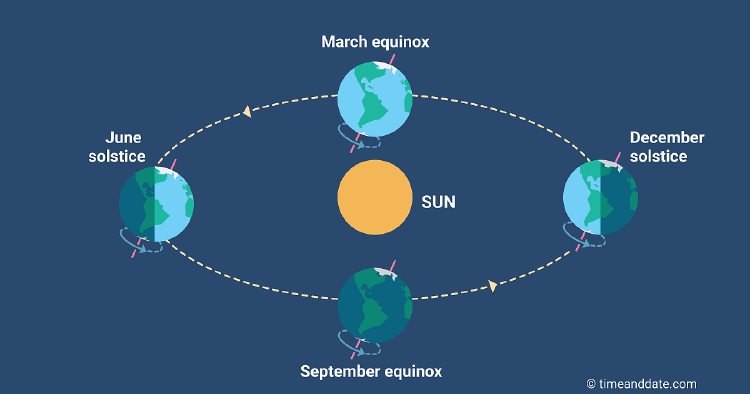
The sun, the brightest star in our galaxy and the center of our Solar System. The golden ball of fire on which every type of life on Planet Earth depends. It's a fact that we wouldn't be able to survive without its very presence but it's also true that being exposed to sun radiation -with no correct protection- has become a threat to our health since human activities during the past centuries have greatly impacted the ozone layer and thus, how sun radiation reaches the surface. In this article we'll explore all the dimensions of sun radiation and the impact of sunlight during the different seasons of the year. We'll also dig into what UV rays are and how we can better protect from them in an eco-friendly manner. So if you are interested in knowing how sun radiation works and how you can be safe from it stay with us and enjoy your reading!
Solar radiation, so often called the solar resource or simply sunlight is the term given to the electromagnetic waves that come from the sun. Human progress in science and technology has make it possible for solar radiation to be captured and converted into useful forms of energy, such as heat and electricity. However, the technical liability and economical costs of these technologies at a specific location depends on the available solar resource, meaning that it is not possible to use sun radiation as a form of energy all around the world in an equal manner. Now there are some very basic principles to understand this phenomena. Let's check them out!
Every part of the world, even the poles, receives sunlight at least part of the year. The amount of solar radiation that reaches any one spot on the Earth's surface varies according to:
1. Geographic location
2. Time of day
3. Season
4. Local landscape
5. Local weather.
As the Earth has a round shape, sun radiation strikes differently in every region and the impact can range from angles 0° (when sunlight is perceived just above the horizon) to 90° (overhead exposure). When the sun rays strike vertically, the surface of the planet can absorb all of this energy. The more slanted the rays get, the more this radiation scatters and diffuses, and less amount of sunlight reaches Earth. That is why the frigid polar regions never get a high sun, and because of the tilted axis of rotation, these areas receive no sun at all during part of the year.
The Earth orbits around the sun in an elliptical style and is closer to the sun during part of the year. When the sun is nearer the Earth, the Earth's surface receives a little more solar energy. The Earth is nearer the sun when it is summer in the southern hemisphere and winter in the northern hemisphere. Sun radiation is then responsible for the way we perceive hot or cold weather in the places where we live. In the case of the southern hemisphere, summers are less hot and winters warmers because of the presence of vast amounts of oceans that regulate these temperatures and make it possible for life to thrive.
So, what about those parts of the world that are not part of the Arctic or Antarctic regions? Countries such as the United States, which lie in the middle latitudes, receive more solar energy in the summer not only because days are longer, but also because the sun is nearly overhead. The sun's rays are far more slanted during the shorter days of the winter months. Cities such as Denver, Colorado, (near 40° latitude) receive nearly three times more solar energy in June than they do in December.

If we keep into account we've been talking about so far, it's not hard to realize that there exist, then, different types of solar radiation, and this depends on how directly they reach the surface of the Earth.
1. Diffuse Solar Radiation
As sunlight passes through the atmosphere, some of it is absorbed, scattered, and reflected by air molecules, water vapor, clouds, dust, pollutants, forest fires, volcanoes.This is what scientists call diffuse solar radiation.
2. Beam Solar Radiation
The solar radiation that reaches the Earth's surface without being diffused is called direct beam solar radiation. The sum of the diffuse and direct solar radiation is called global solar radiation. Atmospheric conditions can reduce direct beam radiation by 10% on clear, dry days and by 100% during thick, cloudy days.
If you are interested in how this is measured and distributed, please follow the links.
Now then, in relation to the type of radiation that we receive directly or diffusely from the sun, it's about time we mention Ultraviolet Rays, which are perhaps the ones we must keep an eye on because you can't directly see or feel them but they have a great deal of impact on our skin!
Let's check some information about UV rays and the consequences of sun exposure on our health.
We said before that the sun radiates energy to Earth in a few different ways: visible light that you can see, infrared radiation that you feel as heat, and rays of UV radiation that you can’t see or feel. Luckily enough, the Earth’s atmosphere protects us from most UV radiation. While we need some exposure to sunlight to help our bodies make vitamin D, too much UV is dangerous.
According to the U.S. Centers for Disease Control and Prevention (CDC), broad-spectrum sunscreen provides protection from the sun’s Ultraviolet (UV) radiation. Unfortunately, however, it's not longer possible for us humans to expose to sunlight in any healthy manner. There's no such a thing as a "heathy tan". Actually, tanning is a self-defense mechanism of our bodies to protect skin from the strong radiation coming from, mainly, UV solar rays. Check our article on Sun Exposure if you'd like to further inform yourself about this.
Now, there exist three types of UV rays and each type impact on our health differently:
Ultraviolet A rays (UVA)
The atmosphere does little to shield these rays—most UVA radiation reaches Earth’s surface.
UVA rays cause skin aging and eye damage, and can lower your body’s ability to fight off illness. UVA rays also contribute to the risk of skin cancer.
Ultraviolet B rays (UVB)
The Earth’s atmosphere protect us from most UVB rays—the amount of UVB rays that reach the Earth’s surface depends on latitude, altitude, time of year and other factors.
UVB rays cause sunburns, skin cancer, skin aging, and snow blindness (a sunburn to your cornea that causes a temporary loss of vision) and can lower your body’s ability to fight illness.

Ultraviolet C rays (UVC)
UVC rays do not reach the Earth’s surface because they are completely absorbed by the atmosphere. Harmful effects from UVC rays are minimal.
So, it's UVA and UVB rays the ones that we must watch out for! If you are likely to continue reading. we'll provide you with some useful data on how to do this in a vert easy and eco-friendly way.
Here are some simple tips you can turn into habits for your daily activities:

No matter how much amount of sun exposure you had, please conduct regular skin self-checks for any skin abnormalities (pay special attention to the back and your scalp). Look for bumps or sores that don't heal or for moles that have changed size, color or shape. What is more, it’s important to visit your physician or a dermatologist for regular skin checks and to have any new or changing mole evaluated. When caught early, most cases of skin cancer can be cured. Now, as Spring has just arrived, do you think you are well-equipped with information to enjoy a nice sunny day? I think you do. Do not forget your hat!